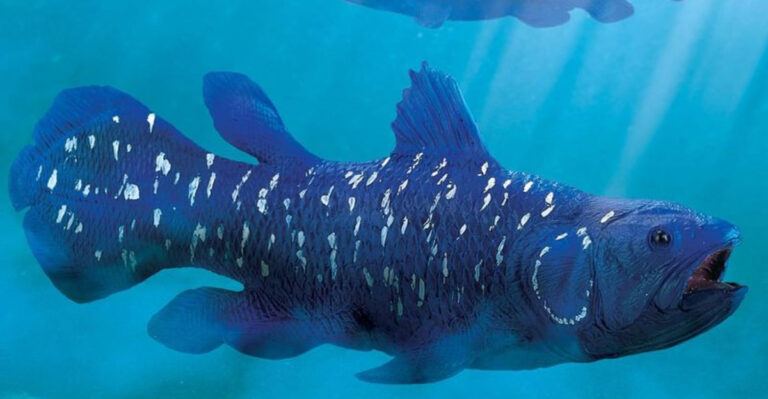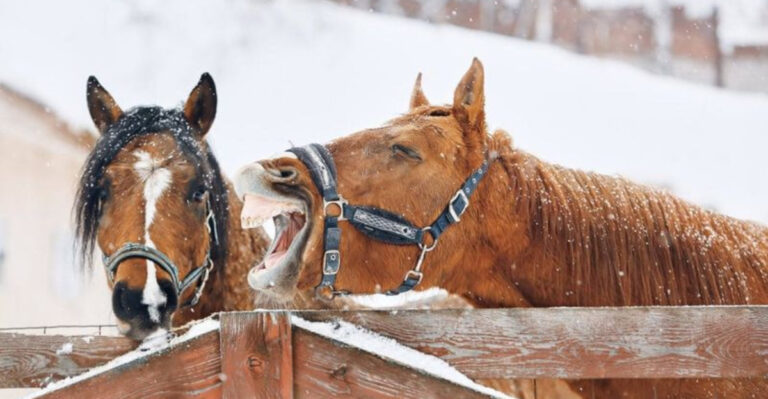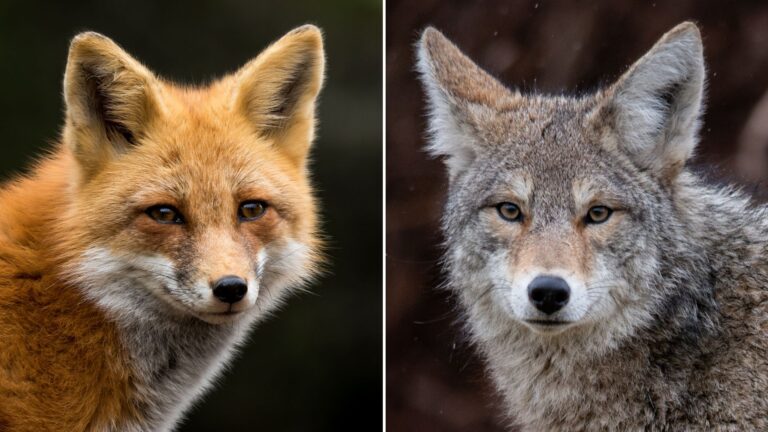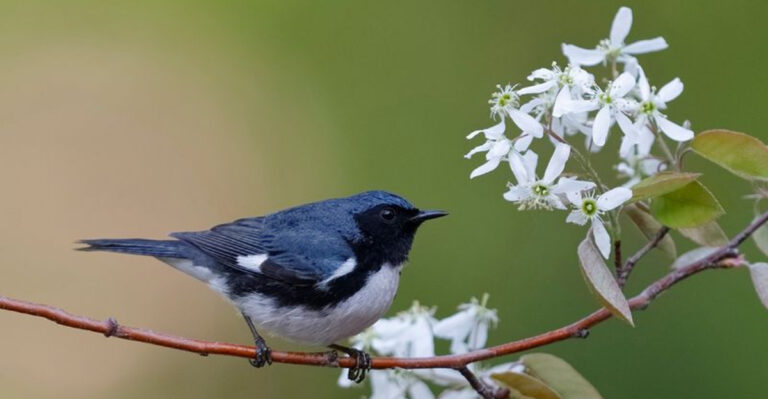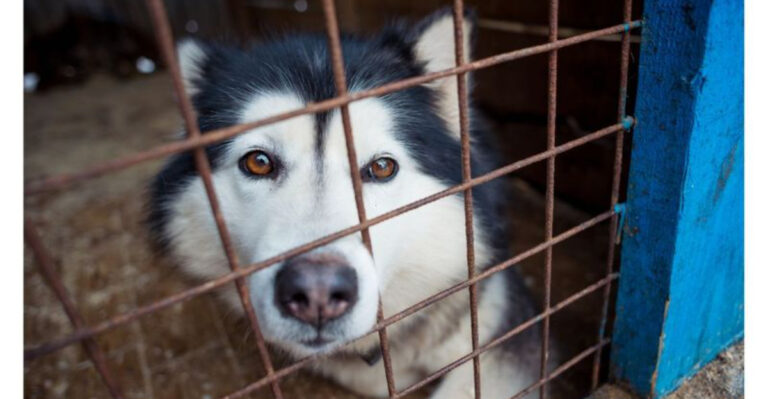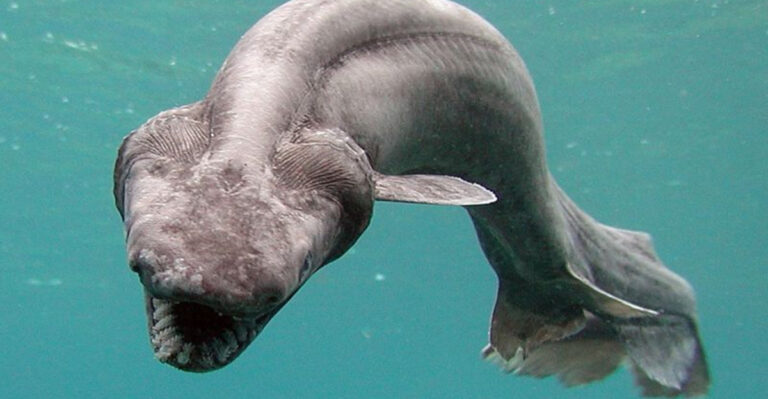15 Endangered Species You’ll Only Find In Florida
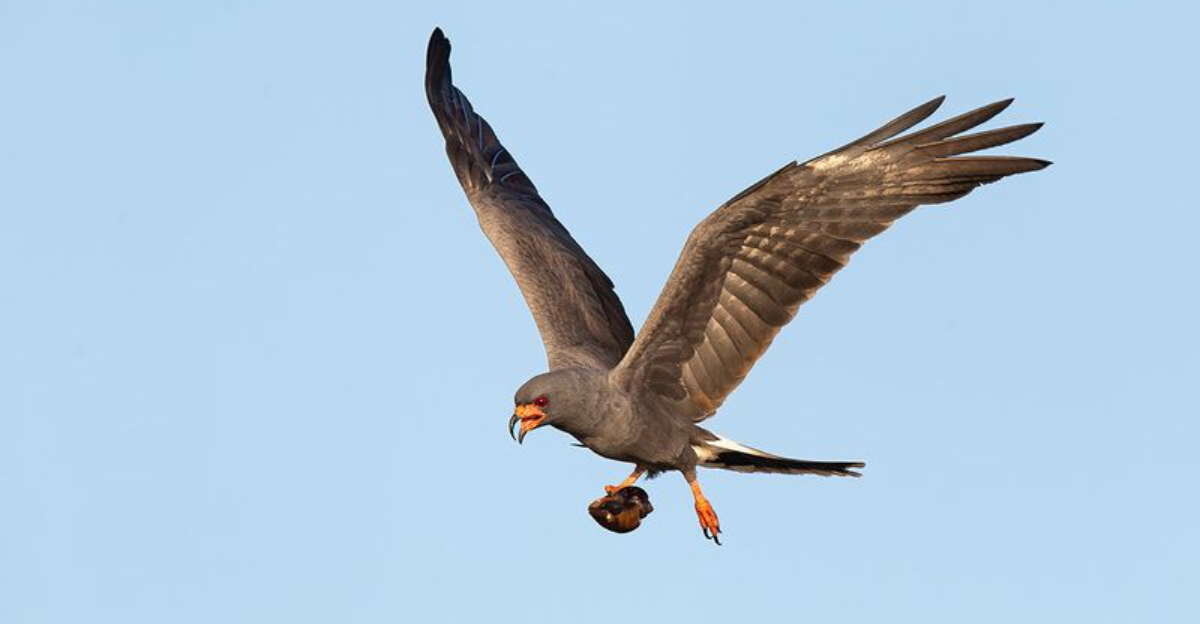
Florida is not just famous for its sunny beaches and vibrant nightlife; it’s also home to some of the most unique species on the planet.
Many of these creatures are unfortunately endangered, threatened by habitat loss, climate change, and human activity.
Let’s explore 15 of these amazing creatures that can only be found in the Sunshine State.
1. Florida Panther
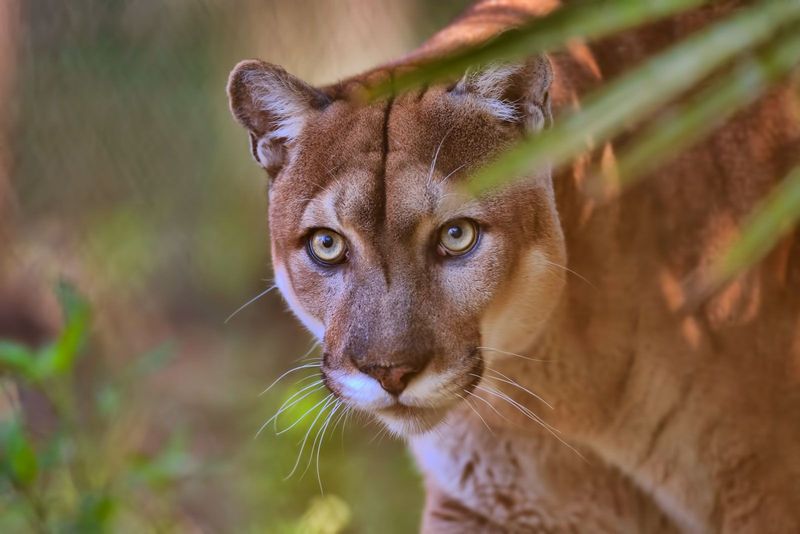
The Florida Panther is a majestic creature, renowned for its striking appearance and elusive nature. This big cat prowls the swamps and forests of southern Florida.
It’s not just its golden coat that captivates but its role as a top predator in the ecosystem.
These panthers face threats from habitat loss and vehicle collisions. Conservationists are working tirelessly to protect their dwindling population, which is crucial for maintaining ecological balance.
The Florida Panther symbolizes the wild spirit of Florida, reminding us of the beauty and fragility of nature. Protecting it is essential for preserving the state’s natural heritage.
2. Key Largo Woodrat
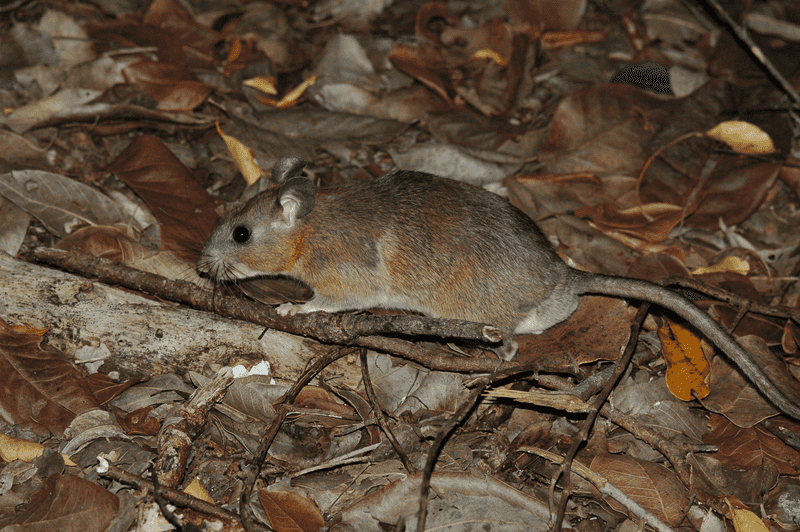
The Key Largo Woodrat is a small, nocturnal rodent native to the tropical hardwood hammocks of Key Largo. Its bushy tail and large ears give it a distinct appearance.
These rodents play a vital role in their ecosystem by dispersing seeds.
However, they face threats from habitat destruction and predation by invasive species. Conservation efforts focus on habitat restoration to safeguard their future.
Despite their small size, Key Largo Woodrats are crucial for the balance of their environment. Their survival is a testament to the importance of protecting even the tiniest members of Florida’s wildlife.
3. Miami Blue Butterfly
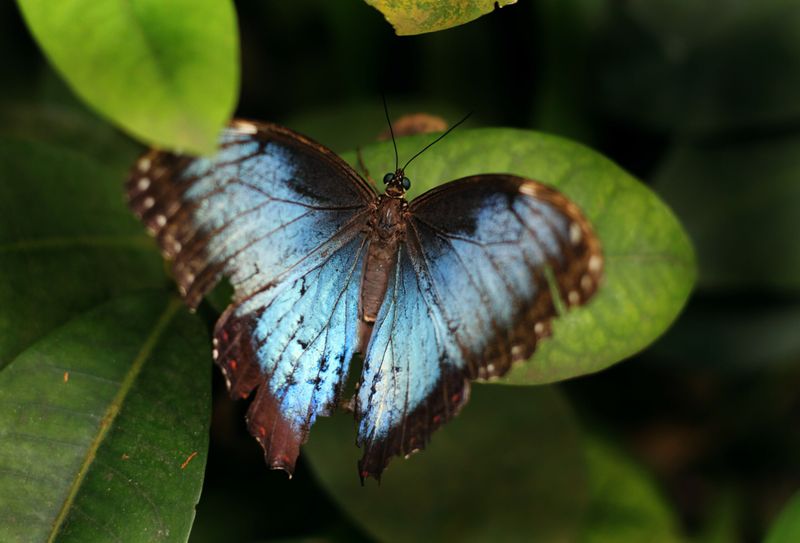
The Miami Blue Butterfly is a tiny, vibrant symbol of Florida’s biodiversity. Its shimmering blue wings flit through the coastal habitats, adding a splash of color.
This butterfly’s existence is precarious, with habitat loss from coastal development posing a significant threat. Conservation programs aim to preserve its habitat and increase its population.
The Miami Blue Butterfly reminds us of the intricate web of life. Protecting it involves preserving its natural home, ensuring that future generations can witness its beauty fluttering through the Florida skies.
4. Gopher Tortoise
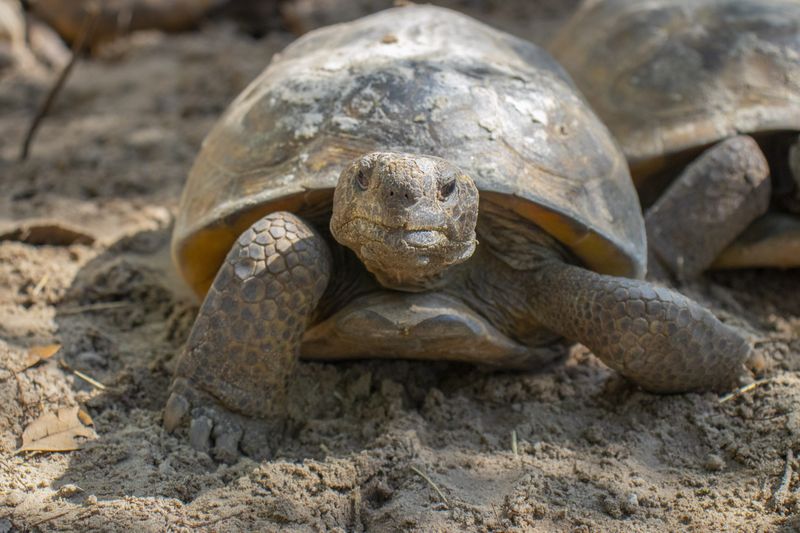
The Gopher Tortoise is not just a slow-moving reptile but a keystone species. Its burrows provide shelter for hundreds of other animals.
Found in Florida’s pine forests and sandy environments, these tortoises face threats from habitat loss and road mortality. Efforts are underway to protect their habitats and educate the public about their importance.
Gopher Tortoises symbolize resilience and the interconnectedness of ecosystems.
By protecting them, we safeguard the homes of countless other species, showcasing the importance of every link in the ecological chain.
5. Everglades Snail Kite
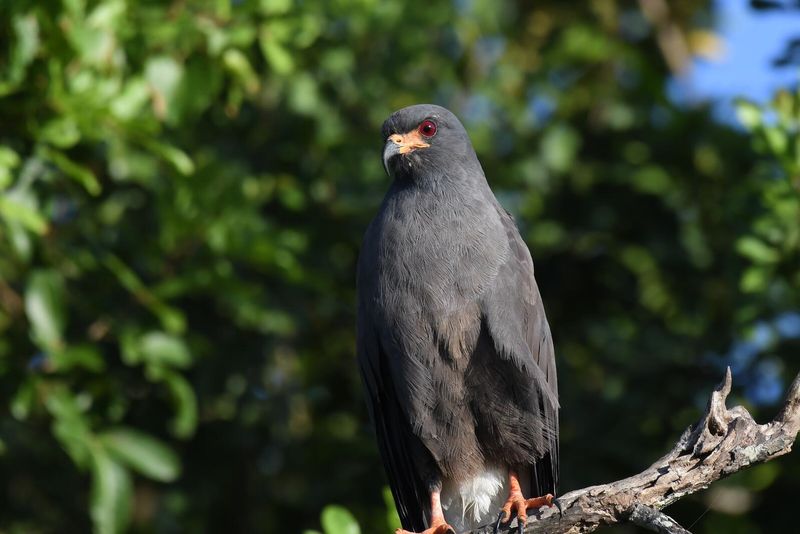
The Everglades Snail Kite is a master hunter of the skies, known for its unique diet of apple snails. This bird is adapted to the wetlands of the Florida Everglades.
Their population has dwindled due to water management practices that alter their habitat. Conservation programs work to restore natural water flow to support their survival.
The Everglades Snail Kite highlights the delicate balance of wetland ecosystems. Protecting their environment ensures the survival of not just this bird but the myriad of species that share its watery home.
6. Florida Grasshopper Sparrow
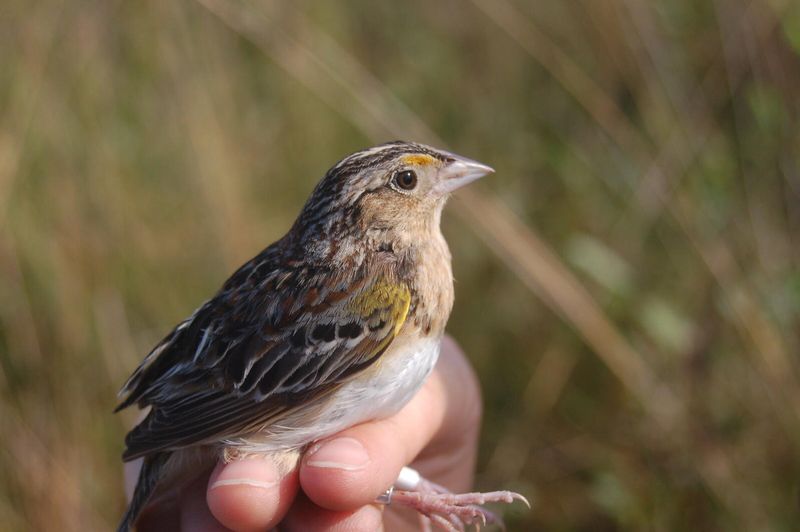
The Florida Grasshopper Sparrow, with its distinctive song, inhabits the dry prairies of central Florida. Its brown and white plumage helps it blend into its grassy surroundings.
This sparrow’s population is declining due to habitat loss and fire suppression. Conservationists focus on habitat restoration and controlled burns to promote growth.
This bird’s plight highlights the need for action to protect Florida’s prairies. Preserving the habitat not only benefits the sparrow but also the rich biodiversity of the region, emphasizing the interconnectedness of life.
7. Florida Bonneted Bat
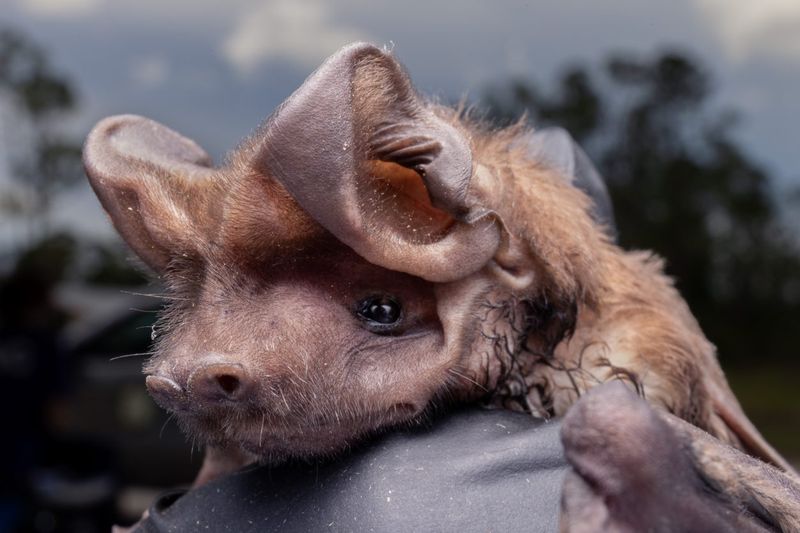
The Florida Bonneted Bat is a rare sight, often glimpsed flying through the night sky of southern Florida. Its large ears and slender wings make it an agile hunter.
Habitat loss and pesticide use are significant threats to their population. Efforts are focused on preserving roosting sites and reducing chemical impacts.
This bat serves as a reminder of the hidden wonders of the night. Protecting it ensures the health of insect populations and maintains Florida’s nocturnal biodiversity, showcasing the beauty and importance of every creature.
8. Schaus’ Swallowtail Butterfly
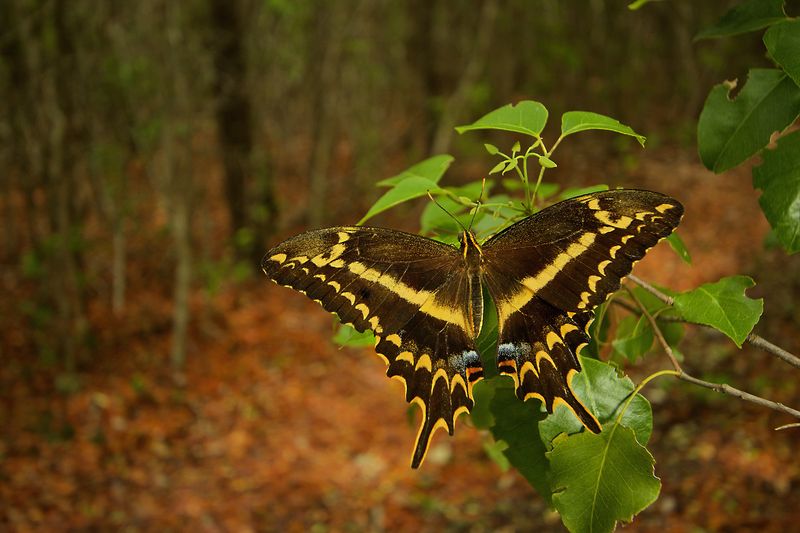
The Schaus’ Swallowtail Butterfly is a rare beauty, with its striking colors illuminating the subtropical forests of the Florida Keys.
Threatened by hurricanes and habitat loss, conservation efforts include captive breeding and habitat protection to boost their numbers.
This butterfly’s delicate presence is a testament to nature’s artistry. By safeguarding its habitat, we ensure that these living masterpieces continue to flutter through Florida’s skies, symbolizing the state’s rich natural heritage and the delicate balance of its ecosystems.
9. West Indian Manatee
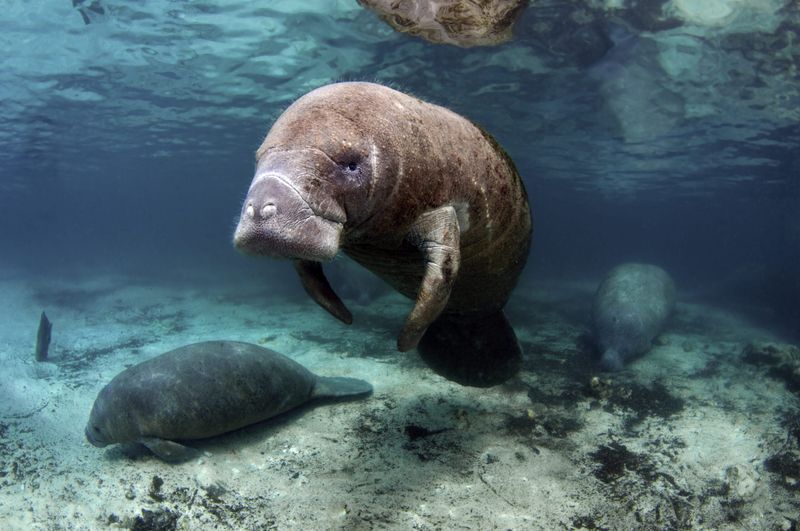
The West Indian Manatee, known as the “sea cow,” is a gentle giant of Florida’s waters. These slow-moving herbivores are often seen grazing in warm rivers and coastal areas.
Boat collisions and habitat loss threaten their survival. Conservation efforts focus on protecting aquatic habitats and implementing boat speed regulations.
The manatee’s peaceful nature captures the hearts of many. Protecting them means preserving Florida’s aquatic ecosystems, ensuring these gentle creatures continue to roam the waters, embodying tranquility and the intricate balance of marine life.
10. Florida Leafwing Butterfly
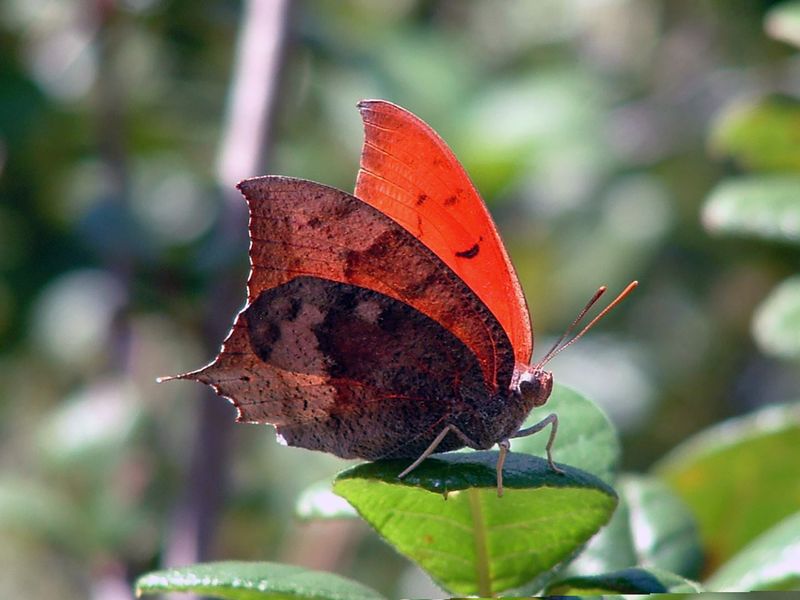
The Florida Leafwing Butterfly is a vivid spectacle in the pine rocklands of southern Florida. Its bright wings are a stark contrast to the green foliage.
Habitat loss due to development poses a significant threat. Conservationists work to preserve these unique ecosystems to support their survival.
This butterfly exemplifies the uniqueness of Florida’s flora and fauna. By protecting the habitats they call home, we maintain the delicate balance of life that allows such vibrant beauty to persist, showcasing nature’s artistry.
11. American Crocodile
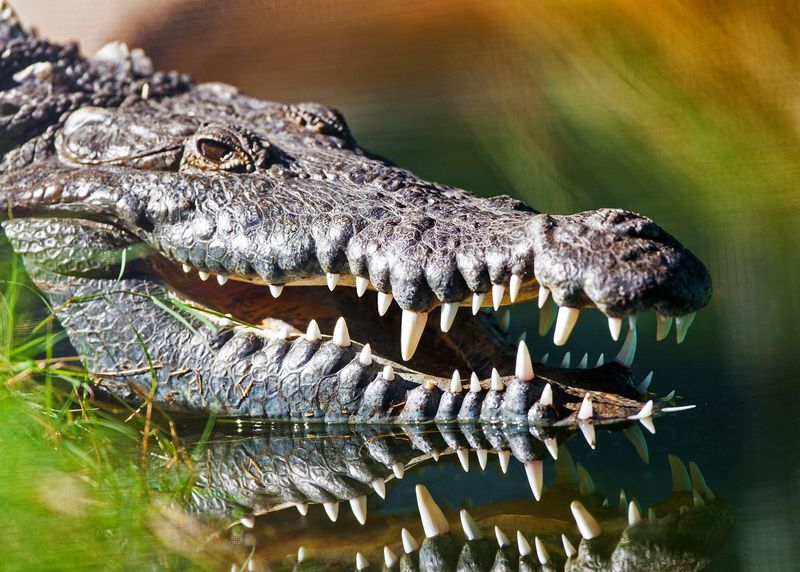
The American Crocodile is a formidable creature, often found lounging on the shores of coastal lagoons in southern Florida. Its powerful presence is a reminder of ancient times.
Threatened by habitat loss and climate change, efforts are underway to protect nesting sites and mitigate human-crocodile conflicts.
The American Crocodile is a symbol of resilience, surviving since the age of dinosaurs. Protecting them ensures the survival of Florida’s diverse wildlife, reminding us of the importance of each species in maintaining the balance of ecosystems.
12. Eastern Indigo Snake
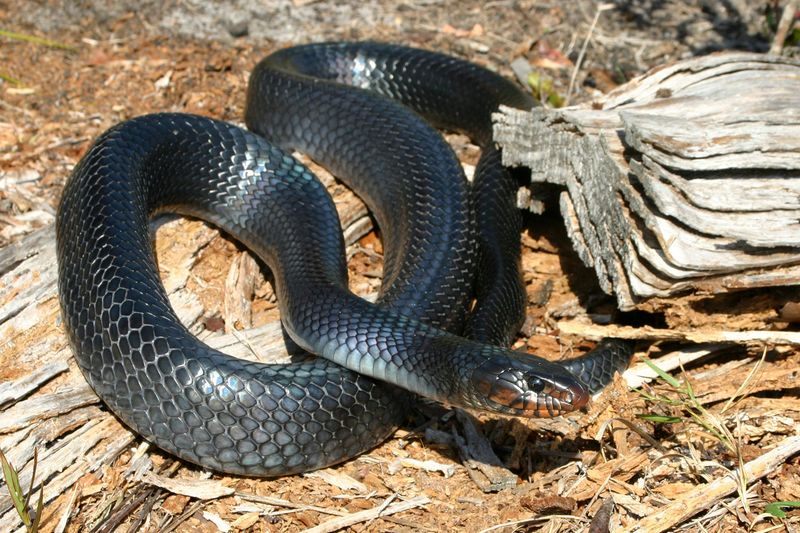
The Eastern Indigo Snake is a non-venomous marvel known for its glossy blue-black scales. It inhabits the scrublands and forests of central Florida.
This snake’s population suffers from habitat fragmentation and persecution. Conservation efforts focus on habitat connectivity and public awareness.
This snake highlights the beauty of Florida’s reptilian diversity. Protecting it helps maintain the ecological balance, ensuring that these stunning creatures continue to slither through the wilds, embodying the untamed spirit of Florida’s landscapes.
13. Red-cockaded Woodpecker
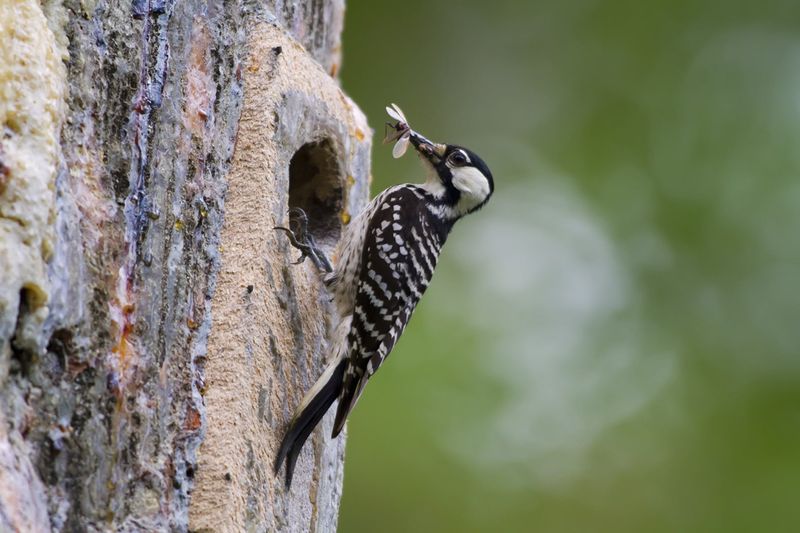
The Red-cockaded Woodpecker is a vital component of Florida’s pine ecosystems. Its striking red cap is a colorful addition to the forests.
These woodpeckers face threats from habitat loss and competition for nesting sites. Conservationists focus on managing forests to support their needs.
This bird’s persistence is a testament to life’s resilience. By protecting their habitat, we ensure the survival of countless other species that depend on these forests, highlighting the interconnectedness of life and the importance of conservation.
14. Florida Black Bear
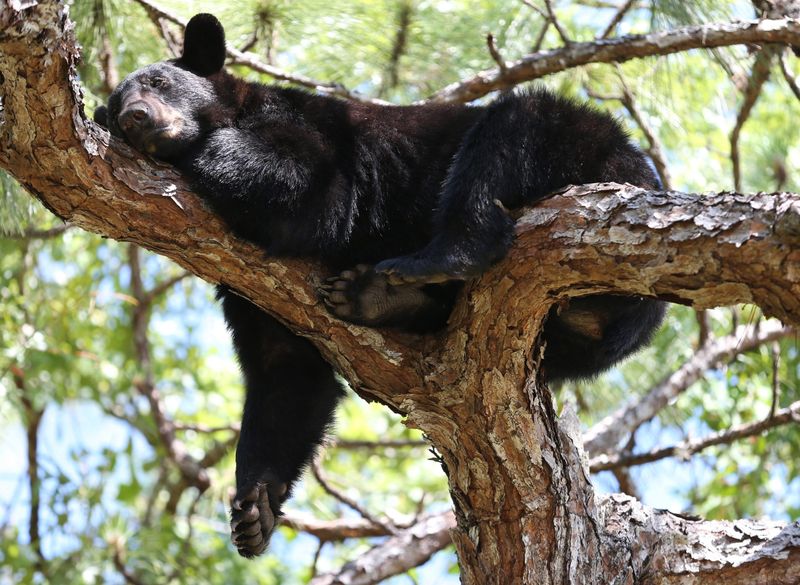
The Florida Black Bear is a solitary wanderer, often seen foraging in the dense forests and swamps of northern Florida.
Habitat loss and human interactions pose significant threats. Efforts focus on habitat preservation and reducing human – bear conflicts.
This bear symbolizes Florida’s wild heart. By protecting their environment, we ensure the survival of this iconic species, reminding us that each creature plays a role in the tapestry of life, emphasizing the need for harmonious coexistence.
15. Cape Sable Seaside Sparrow
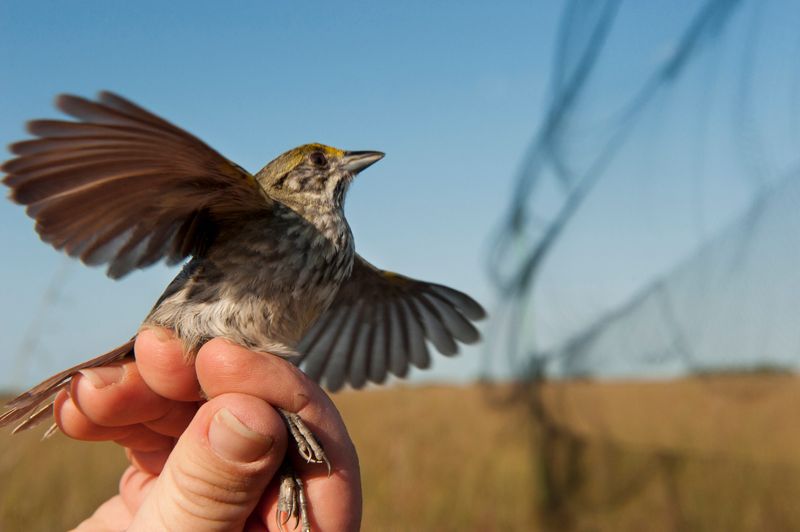
The Cape Sable Seaside Sparrow is a tiny bird with a big role in the Everglades’ marshy grasslands.
Threatened by water management practices that alter its habitat, conservation actions focus on maintaining natural water levels to support its survival.
This sparrow’s existence underscores the complexity of wetland ecosystems. Protecting it ensures the survival of a rich diversity of life that shares its home, highlighting the profound interdependence of species and the importance of preserving natural habitats.

